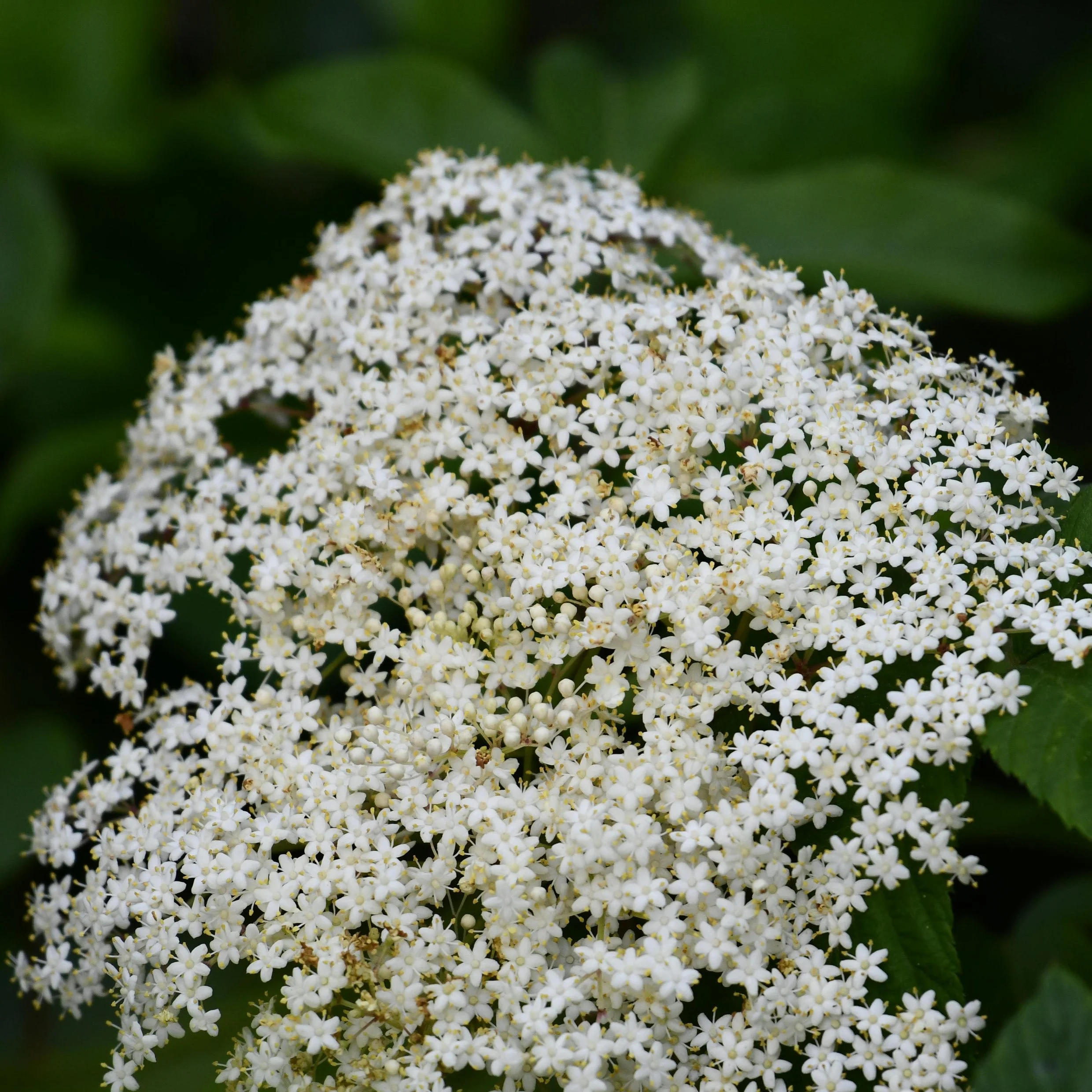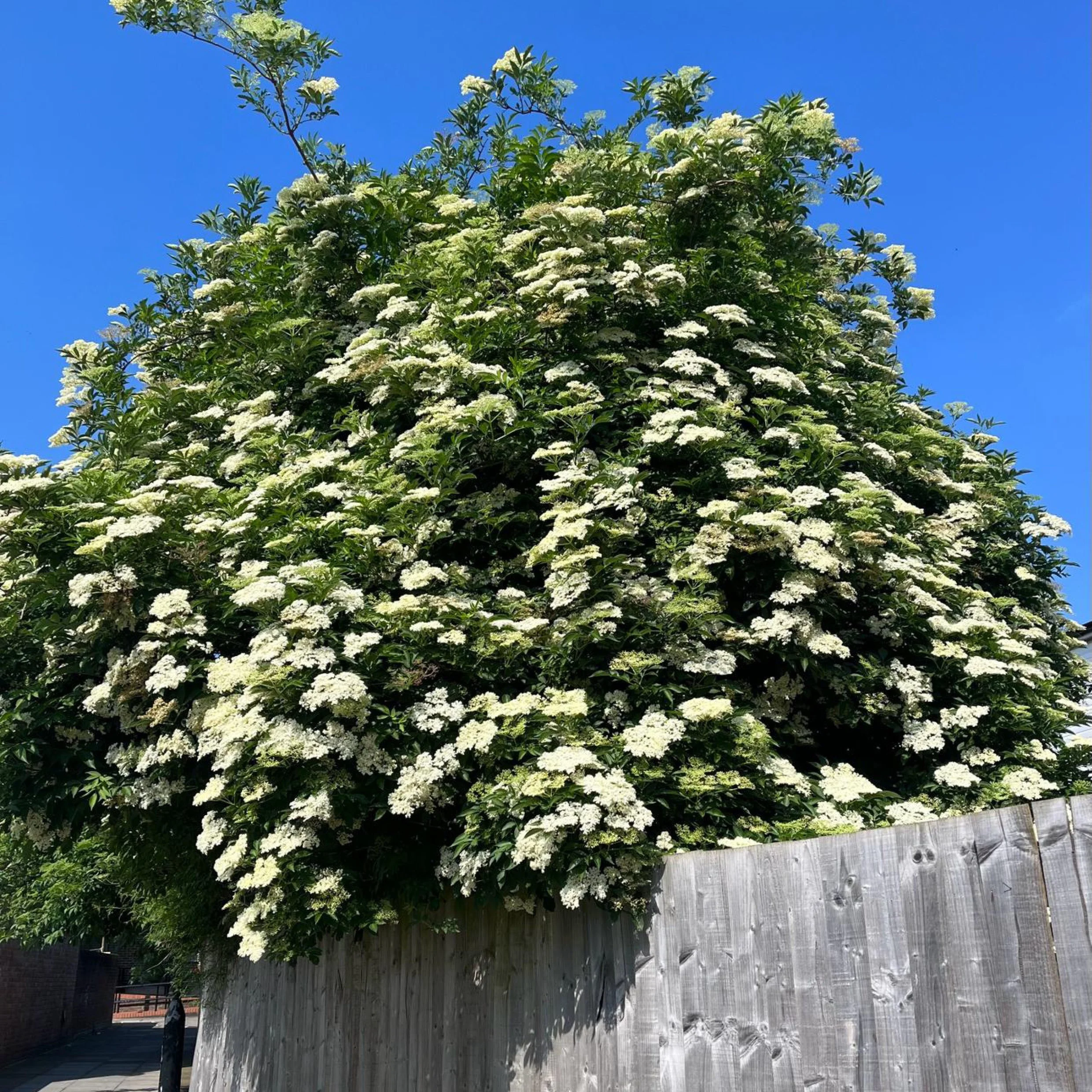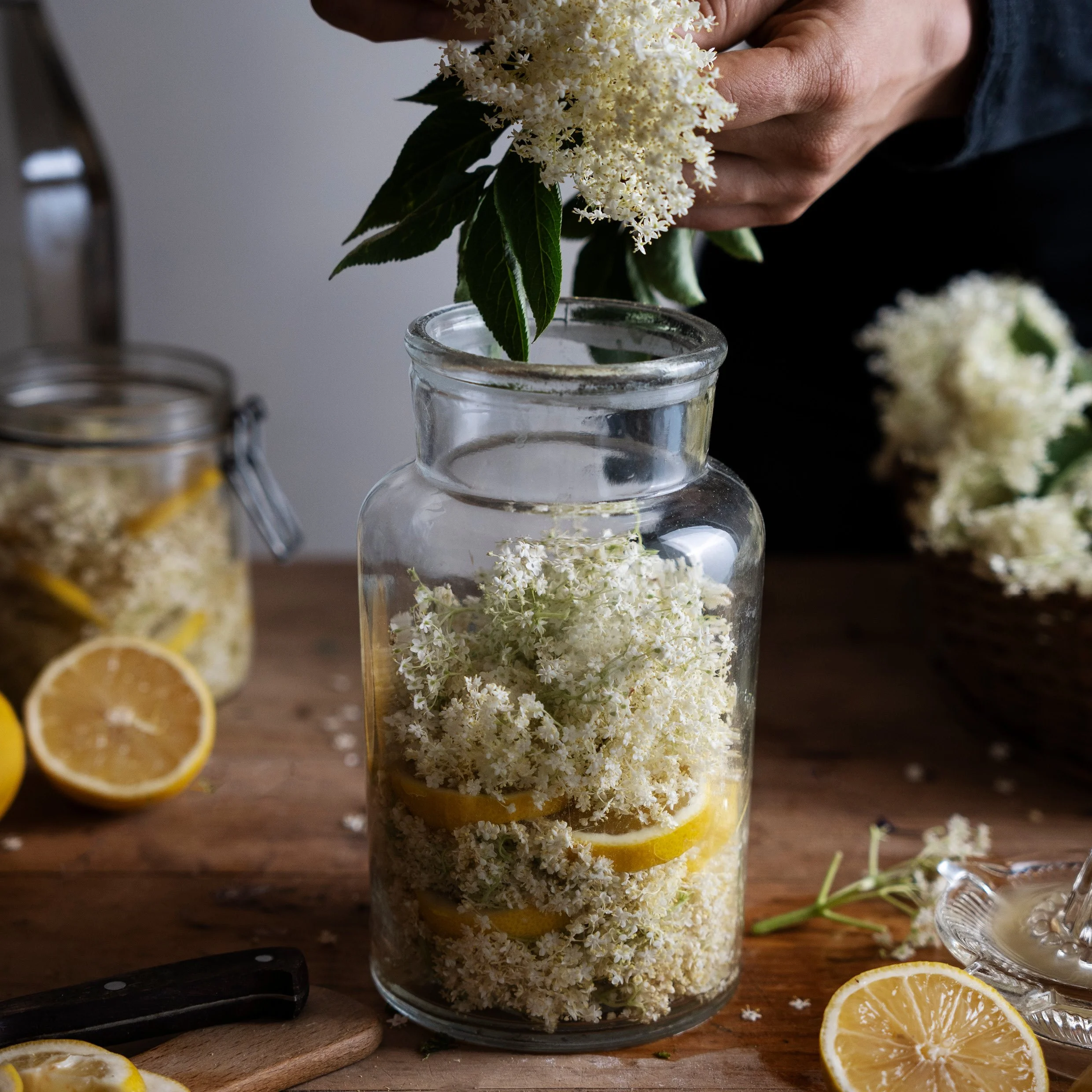Best In Season - May - written by Chef Consultant, Celia Brooks
Elderflowers everywhere…
As a city dweller, my food foraging opportunities are a bit limited. When March heralds the first great foraging opportunity of the year - wild garlic, I can spot it in the woods and parks, but let’s face it - there are too many dogs around in those comparatively confined spaces. Young nettles are another early spring treat for wilted greens and soups - but sadly, it’s the same story. However, once May rolls around, there is one virtually contamination-free and ridiculously abundant wild treat that I always make the most of - elderflowers.
Elderflowers are busting out all over London in the streets and parks right now. If you know what to look for, you’ll be astonished at the sheer abundance of this bountifully blooming shrub.
Don’t be tempted to pick elderflowers until you know exactly what you are going to do with them. Have all the supplementary ingredients and equipment ready in your kitchen. Here’s why: while they smell heavenly as soon as they are cut, within a few hours of picking, they start to emit a bizarre and permeating odour not unlike cat pee. I kid you not. Elderflowers should be cooked or processed immediately after harvesting - they are not meant to sit pretty in a flower arrangement!
When you’re ready to set off on your foraging adventure, grab a pair of scissors and a carrier bag. Avoid bushes very close to busy roads. Choose sprays that have lots of clean, bright and fragrant flowers - not too many wilted, brown or closed ones. Snip the stem just below where it forks into smaller stems and place gently in your bag, then hurry home.
It’s an annual ritual for me to make elderflower cordial. Yes, I know you can buy it everywhere, but nothing takes like homemade. And one batch lasts me the rest of the year. A little goes a long way, splashed into sparkling water or cocktails, and it has so many other uses as a truly magical enhancement for icing and cake batter, or anything creamy like whipped cream (amazing for a pavlova), custard or yoghurt. It’s fantastic as a sorbet or used to flavour jellies or pannacotta. Try a few drops dribbled over vanilla ice cream - lush!
The other elderflower recipe I make every year without fail is a wicked indulgence: elderflower fritters. Simply inspect the heads for insects and shake them off. Make a light batter with self-raising flour, an egg, a touch of sugar and a pinch of salt. Stir in chilled fizzy water until it is the consistency of double cream. Heat a shallow pool of sunflower oil in a large frying pan until a drop of batter sizzles immediately. Hold the stem end of the flowers and dip in the batter, then place in the oil. Fry until crisp and golden. Drain on a kitchen towel, dredge with icing sugar and devour.
Elderflower Cordial
From “New Urban Farmer” by Celia Brooks
Here’s how you can hold on to that glorious taste of early summer for months to come. If this is your first foray into foraging and turning wild food into a preserve, it’s the perfect place to start - you’ll be so glad you did! It’s so easy and you don’t even have to do any sterilising of jars etc., which can be such a bore. Just save a few 500ml plastic water bottles, rinse them well and dry. Once your cordial is ready, strain them into the bottles and store in your freezer.
Makes just over 2 litres
Prep & cooking time: 30 minutes + 5 days infusing
Ingredients
20 freshly picked heads of elderflower (or a few more if small, see tips above on foraging)
2 large unwaxed lemons, sliced
1.5 litres water
65g citric acid powder / crystals (cheap and available at pharmacies or online - also useful for descaling your kettle!)
1.75kg golden caster sugar
Equipment
5 empty 500ml plastic water bottles with caps, rinsed and air-dried
Large ceramic or enamel bowl
Large jug and medium jug
Small piece of muslin, cheesecloth or nylon stocking (I keep a pack of unused knee-highs in the kitchen - they’re handy for straining)
Funnel
Rubber band
Method
1) Inspect the elderflower heads and shake off any insects. Place in a large bowl with the lemon slices.
2) Measure the water into a saucepan and place over a high heat to bring to the boil. Put the citric acid and sugar in a separate large saucepan, ladle in some of the boiling water, and heat gently to dissolve, stirring frequently. Pout the remaining boiling water over the flowers and lemons. Add the sugar solution and give it a gentle stir with a wooden spoon. Mix well, but gently.
3) Cool completely, stir again, cover and leave in a cool, dark place for 5 days. Stir well morning and night.
4) Strain the big stuff through a fine-ish sieve into a large pouring jug. Secure a muslin, cheesecloth or nylon stocking over a funnel with a rubber band so that it’s tight around the edges but a little loose in the middle. Place the funnel over a medium jug. Pour the sieve-strained cordial through the funnel for crystal-clear and bug-free cordial.
5) Pour the cordial carefully into the plastic bottles, leaving a little space at the top for expansion during freezing. Screw the caps on tightly. Place one in the fridge for using right away and store the rest in the freezer. Once opened, keep in the fridge.




